What is the Future of Microfiltration Membrane Technology in Global Water Treatment
As the global water scarcity crisis intensifies, innovative technologies are becoming essential for effective water treatment solutions. Among these, microfiltration membrane technology stands out due to its ability to remove suspended solids, bacteria, and larger colloidal particles from water, making it a vital component in both municipal and industrial applications. According to a recent report by the Global Water Intelligence, the microfiltration market is projected to reach USD 4.24 billion by 2027, driven by the growing demand for safe drinking water and the need for efficient wastewater treatment processes. As industry players invest in research and development, the future of microfiltration membranes promises advancements in efficiency and sustainability, positioning them at the forefront of global water treatment strategies. Exploring the potential of this technology not only sheds light on current capabilities but also anticipates future innovations that can address water quality challenges worldwide.
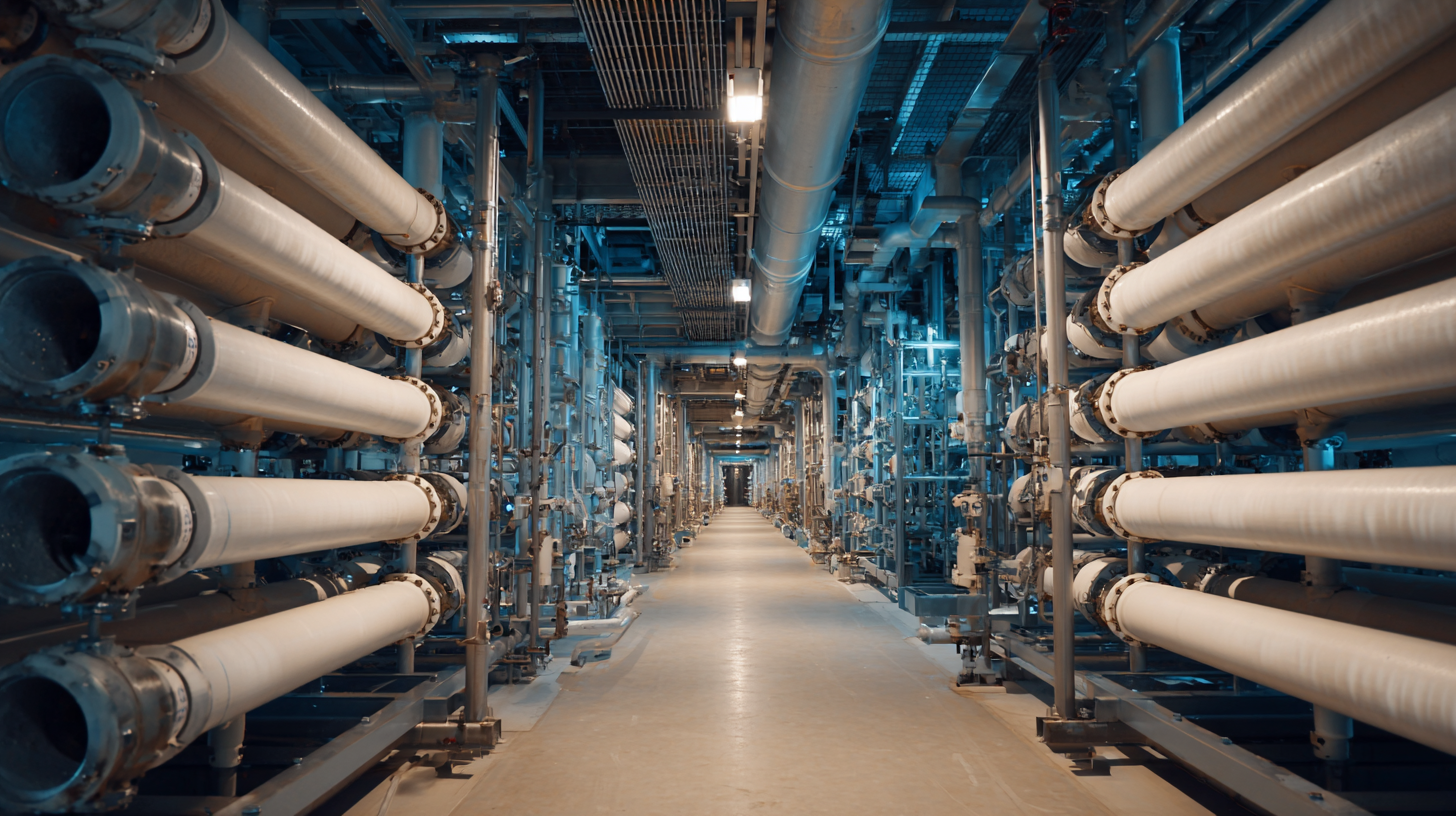
Future Trends in Microfiltration Membrane Technology for Sustainable Water Solutions
The future of microfiltration membrane technology is poised for transformative growth within the global water treatment landscape, largely driven by emergent trends in sustainability and regulatory demands. As industries shift towards eco-friendly practices, the advancement of high-performance membrane materials, such as innovative polymers and ceramics, will play a crucial role. These materials not only enhance filtration efficiency but also reduce the environmental impact of water treatment processes.
In the realm of applications, microfiltration membranes are increasingly integrated into various sectors, including wastewater management, food and beverage processing, and gas separation. The use of membrane bioreactors (MBRs) exemplifies how microfiltration can elevate the quality of treated water, thereby supporting urban sanitation and industrial reuse. As the market for these technologies expands, particularly in regions grappling with water scarcity, investments are likely to grow, underpinning both technological innovation and market consolidation.
Key Innovations Enhancing Microfiltration Membrane Efficiency and Performance
Recent advancements in microfiltration membrane technology are transforming the landscape of global water treatment. Innovations in membrane materials, such as the development of more hydrophilic polymers, play a crucial role in enhancing efficiency. These materials not only improve water permeability but also reduce fouling, leading to longer operational lifetimes and lower maintenance costs. Researchers are exploring nanomaterials and composite membranes that offer superior performance characteristics, ensuring a higher rejection rate of contaminants while maintaining a sustainable approach to water treatment.
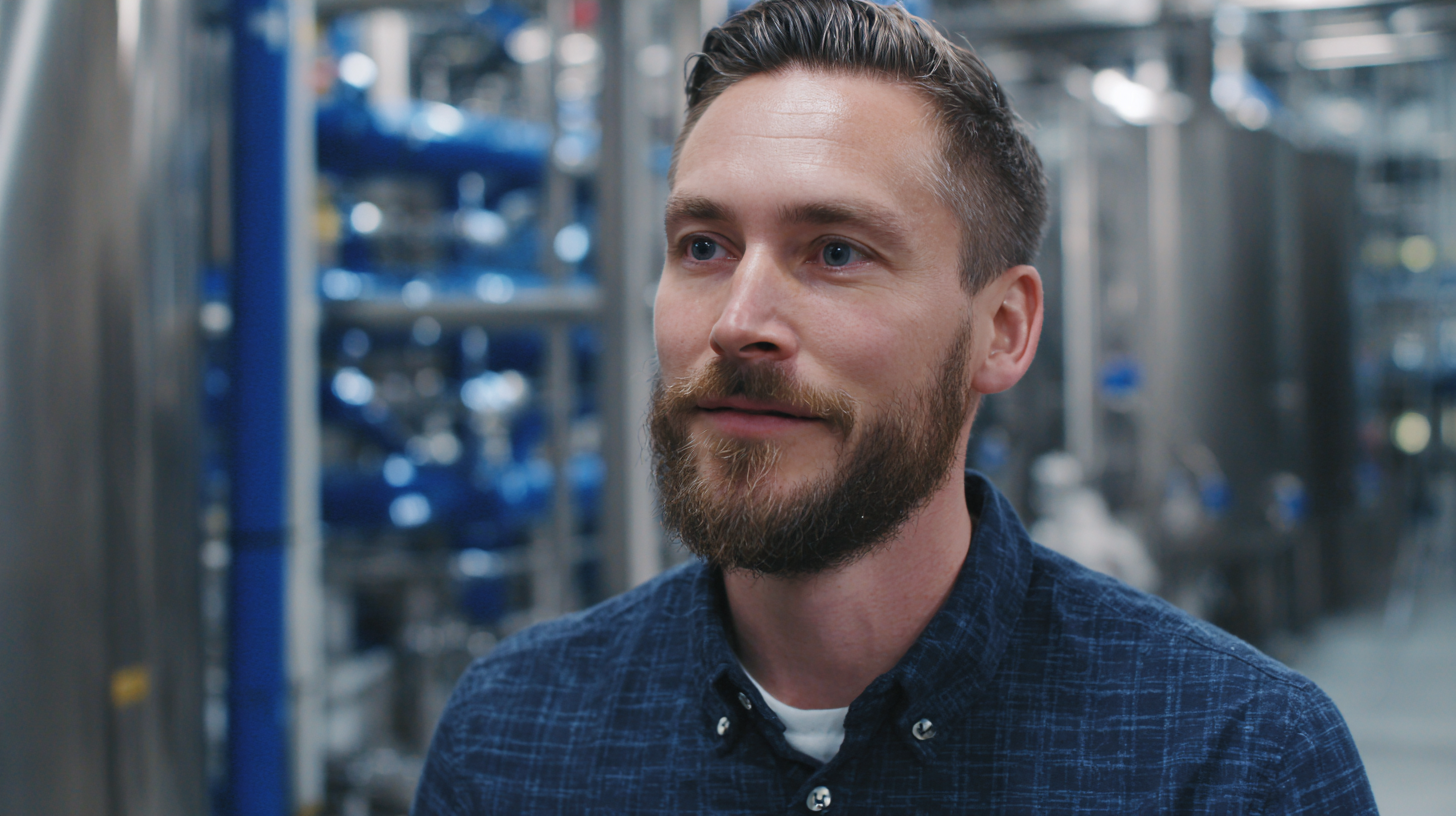
In addition to material innovations, the integration of advanced surface modifications has allowed for greater customization of microfiltration membranes. Techniques such as surface grafting and functionalization can optimize these membranes for specific applications, addressing unique water quality challenges across different regions. Furthermore, innovations in module design—like spiral-wound configurations and hollow fiber systems—enhance operational efficiency and reduce energy consumption. With these technological advancements, the future of microfiltration membrane technology looks promising, paving the way for more effective and environmentally friendly water treatment solutions worldwide.
Addressing Challenges: Overcoming Limitations in Current Microfiltration Systems
Microfiltration membrane technology is gaining prominence in global water treatment, yet it faces several challenges that hinder its widespread adoption. One of the primary limitations is the fouling of membranes, which occurs when contaminants such as bacteria, algae, and organic matter accumulate on the membrane surface. This not only reduces the efficiency of the filtration process but also increases maintenance costs. Advanced pre-treatment processes, such as the use of coagulants or proprietary cleaning solutions, are necessary to manage fouling, but they can complicate the operational workflow and introduce additional expenses.
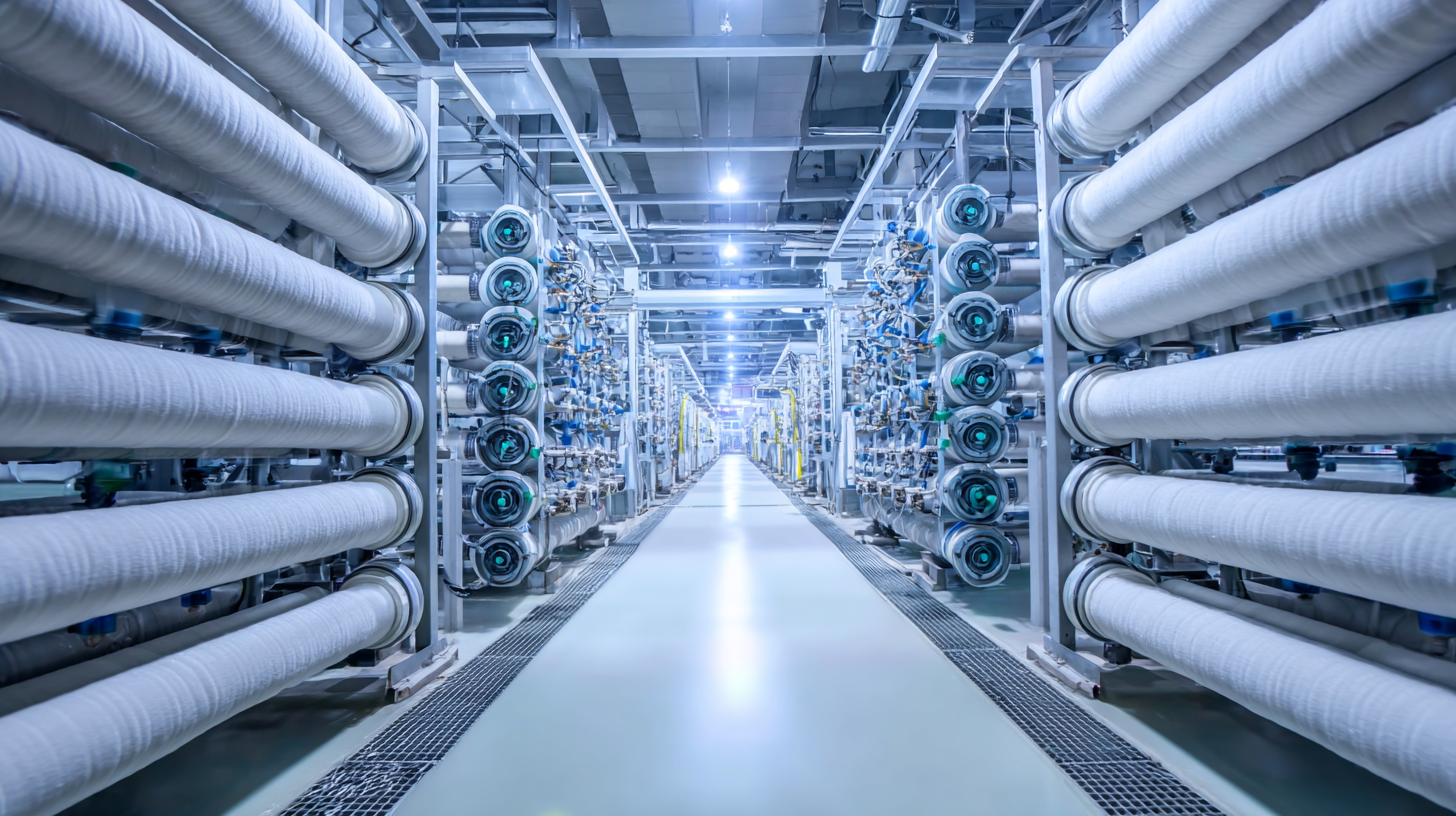
Another challenge is the scalability of microfiltration systems. While these systems are effective at purifying small volumes of water, their implementation in large-scale operations often requires significant infrastructure investment and technical expertise. To overcome these limitations, the industry is exploring innovative membrane materials and configurations that enhance filtration performance and reduce fouling. Additionally, integrating smart monitoring technologies can optimize system operations, providing real-time data to help manage fouling and improve the overall efficacy of microfiltration systems. By addressing these challenges, the future of microfiltration membrane technology can unlock new opportunities for sustainable and efficient water treatment solutions worldwide.
Case Studies: Successful Applications of Microfiltration in Water Treatment
Microfiltration membrane technology has gained significant traction in global water treatment due to its effectiveness in separating particles and microorganisms from water. In practice, several successful applications highlight its capabilities. For instance, in a major urban area, a microfiltration system was implemented to treat wastewater, significantly reducing pathogens and organic materials, thus improving the overall quality of water released back into the environment. This case underscores the technology’s potential for both drinking water supply and environmental protection.
Another compelling example can be seen in agricultural settings, where microfiltration is used for irrigation water treatment. By employing these membranes, farmers have been able to reduce the turbidity and microbial load of surface water, ensuring safer and more reliable water for their crops. This not only enhances food safety but also promotes sustainable farming practices.
Tip: When considering microfiltration for water treatment, it’s important to evaluate the specific needs of your application. Different membranes are designed for various purposes, so selecting the right one can greatly improve efficiency and results. Additionally, regular maintenance of these systems can extend their lifespan and ensure consistent water quality.
Future of Microfiltration Membrane Technology in Global Water Treatment
This bar chart illustrates the projected growth of the global microfiltration membrane market from 2018 to 2024. Significant advancements in technology and increasing demand for clean water are key contributors to this growth.
The Role of Digitalization in Advancing Microfiltration Membrane Technologies
The rapid advancement of digitalization is revolutionizing microfiltration membrane technologies, enhancing their efficiency and effectiveness in global water treatment. According to a recent report by Frost & Sullivan, the global microfiltration membrane market is projected to reach $3.9 billion by 2025, driven largely by innovations in digital technology that improve membrane performance and system maintenance. Digital sensors and IoT devices enable real-time monitoring of membrane integrity and fouling rates, allowing operators to optimize processes and extend membrane lifespan.
Moreover, the integration of artificial intelligence (AI) and machine learning into water treatment systems is now allowing for predictive maintenance and operational adjustments based on real-time data analysis. The Water Environment Federation highlights that facilities implementing these digital solutions can reduce operational costs by up to 30% while improving water quality. As digitalization continues to refine microfiltration processes, we can expect a significant impact on the sustainability and reliability of water treatment solutions across the globe.
What is the Future of Microfiltration Membrane Technology in Global Water Treatment - The Role of Digitalization in Advancing Microfiltration Membrane Technologies
| Parameter | Current Status | Future Trends | Role of Digitalization |
|---|---|---|---|
| Market Growth | 6% CAGR in 2020-2025 | Projected 8% CAGR by 2030 | Enhanced market analytics using AI |
| Membrane Materials | Polymeric membranes dominate | Increase in ceramic and hybrid membranes | Predictive modeling for material strengths |
| Water Quality Standards | Stringent regulations in many regions | Global harmonization of standards | Real-time data monitoring and compliance |
| Energy Efficiency | Current membranes require significant energy | Focus on low-energy membrane technologies | IoT for energy consumption tracking |
| Digital Integration | Limited use of digital tools | Widespread adoption of smart technologies | Automation in membrane cleaning and monitoring |
Related Posts
-

Understanding the Evolution of Pulp Molding Machines: A Deep Dive into Their Types and Applications
-
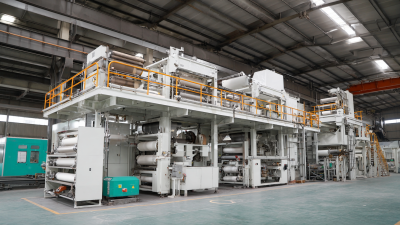
Ultimate Guide to Choosing the Right Bagasse Plate Making Machine for Your Business
-
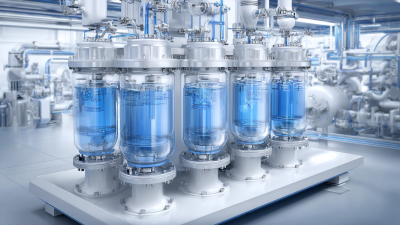
The Future of Advanced Vacuum Filtration Solutions
-
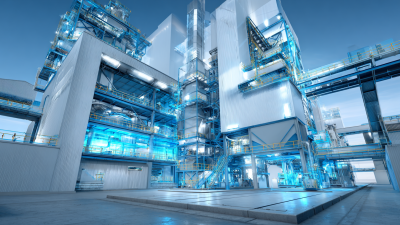
Innovative Solutions for Optimizing Pulp and Paper Production Efficiency
-
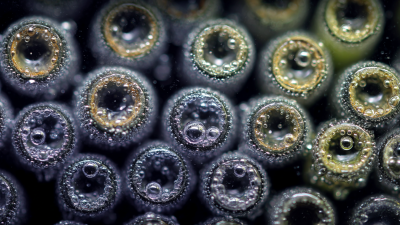
Exploring Alternatives to Best Microfiltration Membrane Technology for Enhanced Water Purification
-

Ultimate Guide to Mastering Cross Flow Filtration Systems for Enhanced Efficiency